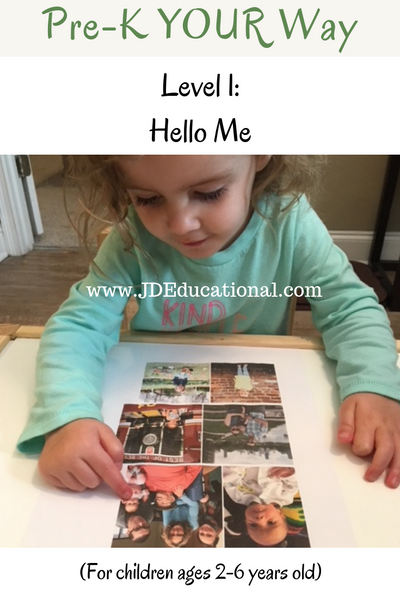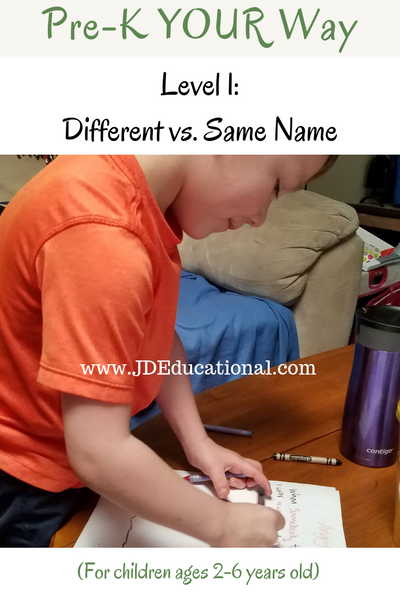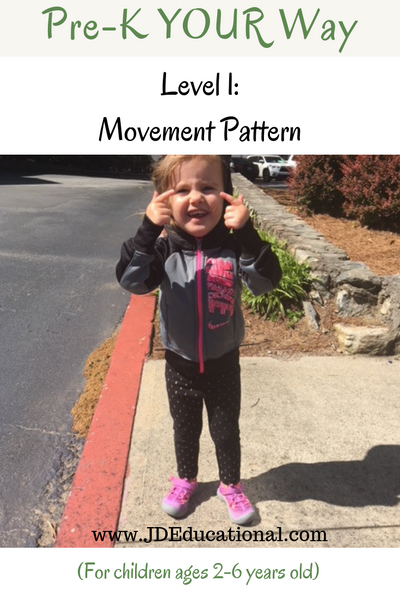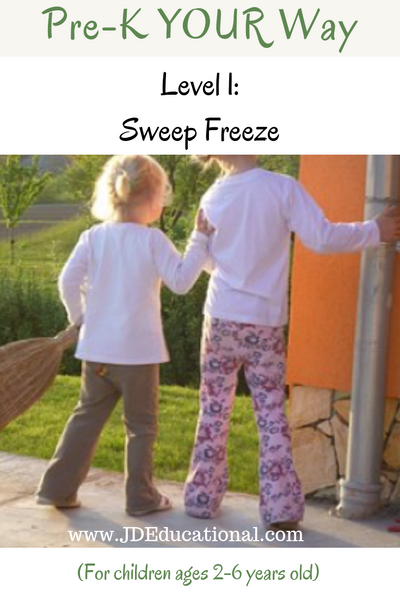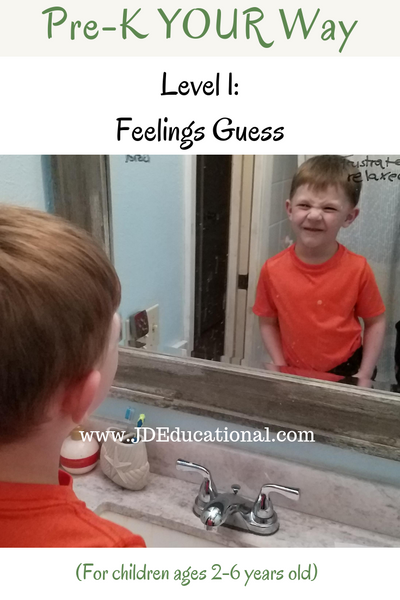Materials Needed:
- Twenty Four (24) ice cubes
- One (1) cookie sheet/baking pan
- One (1) piece of parchment paper
- One (1) Thermometer or Digital Food Thermometer
Instructions:
Step 1: Tell the child there are large blocks of ice on earth called Glaciers. These ice blocks are very tall and they help keep that ocean waters cool.
Step 2: Place a cookie sheet/baking pan in front of the child and place the parchment paper on top.
Step 3: Place 24 ice cubes onto the baking sheet.
Step 4: Ask them to build the tallest tower that they can.
Step 5: Ask them to describe what they feel when the touch the ice cubes (slimy, cold, wet, etc).
Step 6: Using a thermometer, show the child how to measure temperature of the ice. (Place the thermometer next to the ice cube and have your child help you read the temperature.) BRRRRR!

Step 7: Check your home thermostat to find out what the temperature is in your home.

Step 8: Ask the child and see if they can tell you which number is higher (the ice temperature OR the house temperature). Tell them that whichever number is higher, is warmer.

Step 9: Next, have the child use the ice cubes to build a long train. Encourage addition and subtraction concepts by asking them to complete the following:
- Make a train with five ice cubes, now take away two. How many do you have left?
- Make a train with seven ice cubes, now add four. How many do you have?
- Make a train with fifteen ice cubes, now take away eleven. How many do you have left?
- Make a train with one ice cube, now add fifteen. How many do you have?
Learning Objectives:
Math/Science
Solve simple addition and subtractions problems with objects.
Count up to 20 objects, using one to one correspondence.
Recognizes the names of Numerals.
Describe shapes by at least two characteristics.
Show understanding of measurement by using measuring tools.
Language/Literacy
Follow three-step directions.
Use sentences in conversation to describe, explain or predict outcomes of real or imaginary events.
Problem Solving
Demonstrate Curiosity and ask Questions
Use words to discuss predictions
Use language to reiterate process and conclusions
Use a variety of techniques to record information and data collection
Use language to describe objects by a variety of attributes
Motor Skills
Fine Motor: Use a pen or marker to write familiar words and numbers
Fine Motor: Using advanced grasp to build with small objects.
Looking to prepare your child for Kindergarten from home?
If you have a child going to Kindergarten in Fall 2021, registration for our Virtual Pre-School Program is open NOW!
Try over 20 more Activities in our FREE Sample Guide




